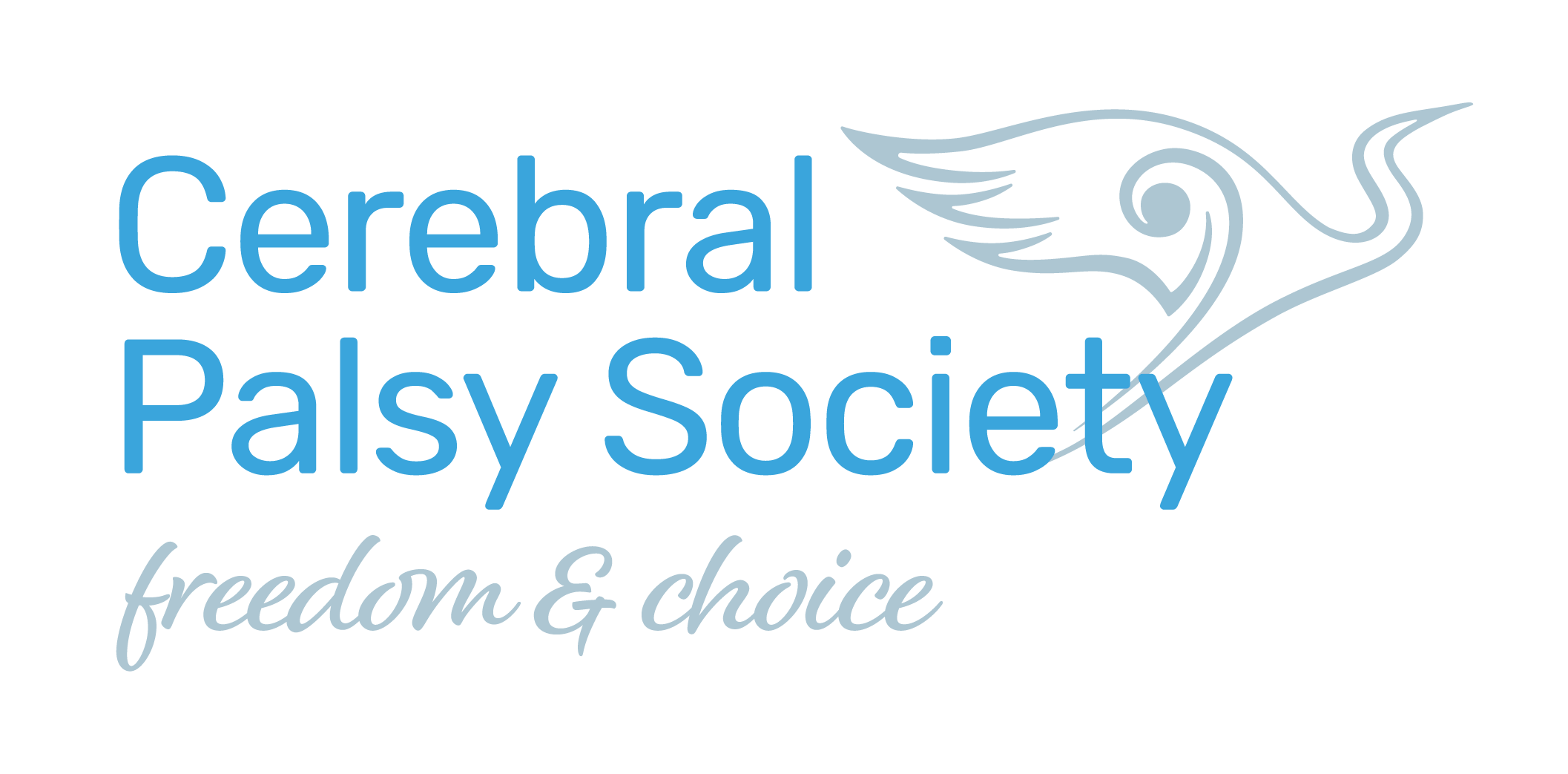Research
Sharing experiences and feelings through Talking Mats
30 Nov 2021
This month Cerebral Palsy Society Researcher and Member Liaison Amy Hogan attended a virtual conference led by Talking Trouble that looked at the value of Talking Mats.
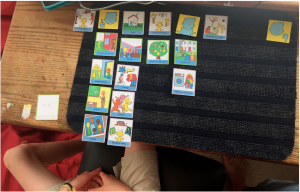 Talking Mats are sets of physical or digital cards
Talking Mats are sets of physical or digital cards
that can be used as a communication tool.
Talking Trouble is a group of Speech Language Therapists (SLTs) specialising in research, training, and resources about communication difficulties for children, youth, and adults in New Zealand.
The specific focus of the conference was looking at Talking Mats, a form of Augmentative and Alternative Communication (AAC).
It is estimated that 1 in 4 people living with CP need to rely on alternative forms of communication. Therefore, it was important to take this opportunity for new information and resources.
This article presents a summary of the launching of a New Zealand specific resource.
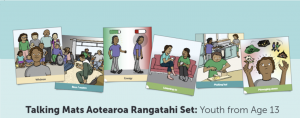
Talking Mats
Talking Mats are sets of physical or digital cards that can be used as a communication tool to enable someone to reflect on a topic and express their views about it to their conversational partner. The topics can range from reflecting on past or present experiences, feelings and views about the future. On the cards, are images and words e.g., an activity or parts of the body. The person can then decide where they want to place each card on a scale, such as ‘working well’, ‘need help’ or ‘unhappy’ to get a sense of their wider space e.g., they may be happy at home but struggling in school.
There are different card sets for children, young people, and adults, and they can also be adapted for simple and more abstract ideas.
Talking Trouble has developed a New Zealand specific version for young people, which includes Te Reo Maori vocabulary and activities.
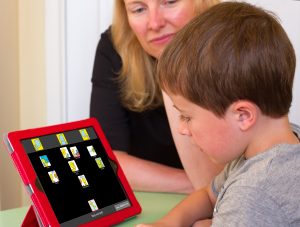
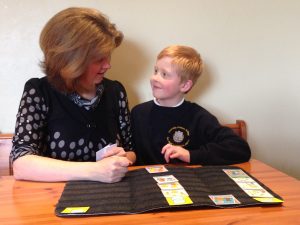
Cerebral Palsy
One of the complications of living with CP is that you can often experience both motor and communication difficulties.
This can present challenges when learning alternate communication methods like Sign Language.
Therefore, having the option of placing pictures (physically or via eye gaze or other communication means) can be an easier way to communicate.
This technique is not designed as a substitute for conversation and sometimes people may communicate in other ways as they participate in a Talking Mat. The intention is to understand specific issues or considerations e.g., they have done work with AAC users about hospital experiences and people who are transitioning to residential living from home.
I will be connecting with the Talking Mats founders to discuss their work with AAC and severe disability.
Specific Examples
There are several videos on the Talking Mats website about their different advocacy roles.
If you would like more information, please feel free to email Cerebral Palsy Society Researcher and Member Liaison Amy Hogan amy@cpsociety.org.nz.
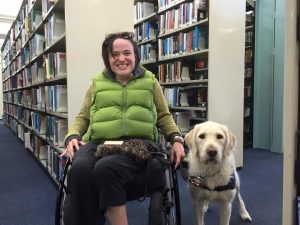
RECENT POSTS
- Navigating change in the health and disability landscape
- Update: Respiratory and oral health in children and young adults with CP in Aotearoa New Zealand
- Understanding fatigue in disability: Insights and strategies
- The practicalities of disability and sleep
- Understanding latest advancements: hype, hope, and practicalities
